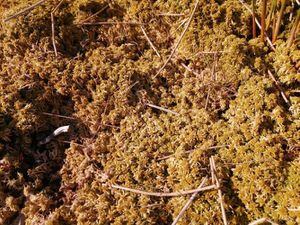Shropshire peatland set to play a crucial role in battling climate change
Shropshire's uncharted peatland could have a vital role to play in capturing a gas that causes climate change.

That's the view of the Shropshire Hills Area of National Beauty (AONB) Partnership which has applied for a grant to talk to landowners about potential peatland restoration projects.
It will also pay for a dedicated officer and fund surveys aimed at restoring the wetland habitats under the organisational umbrella of a new Shropshire Hills Peat Partnership.
Peatland is a wetland habitat with waterlogged soils made of dead and decaying plants. Eco experts say it is hugely important as it acts as a carbon store, is a great habitat for wildlife, and can play a vital role in water management.
But once it is dry it easily erodes, turning it from an absorber of carbon dioxide to releasing it in huge quantities.
Countryside experts in the Shropshire Hills areas of outstanding natural beauty say it has been overlooked in the past as peat in the area is mainly in pasture or forestry, or otherwise small areas.
Over the last six months some 3,700 hectares of known peatland, 37 deep peat sites, nine places where peat was once dug, more than 800 marsh/mire sites and 2,600ha of land that is thought to be predominantly peaty have been mapped.
Taken together it is estimated that a staggering 7.8 per cent of the entire AONB is peatland, but only under 500 hectares of it are being managed.
"There’s potential to restore much more to achieve local carbon capture, link to other priority habitats to help nature recovery and to improve water quality and flood mitigation," said a partnership spokesperson.
A bid had been submitted to the Defra Nature for Climate Peatland Grant Scheme that aims to start the process of restoring 35,000ha of degraded peatland in England up to 2025.
If Shropshire's bid is successful the project will begin in November this year.





